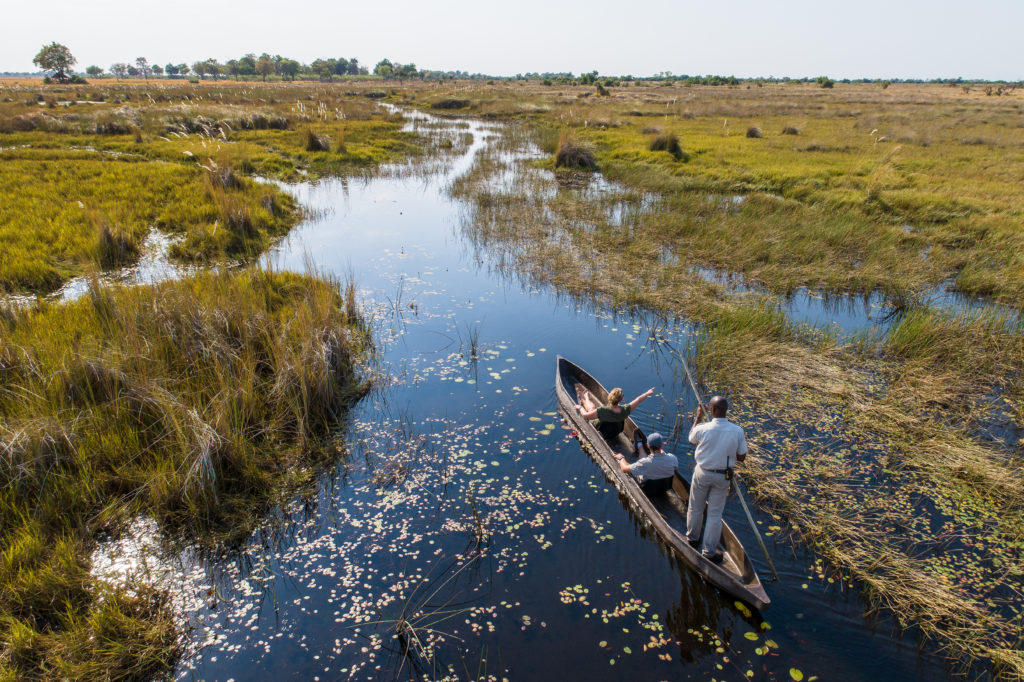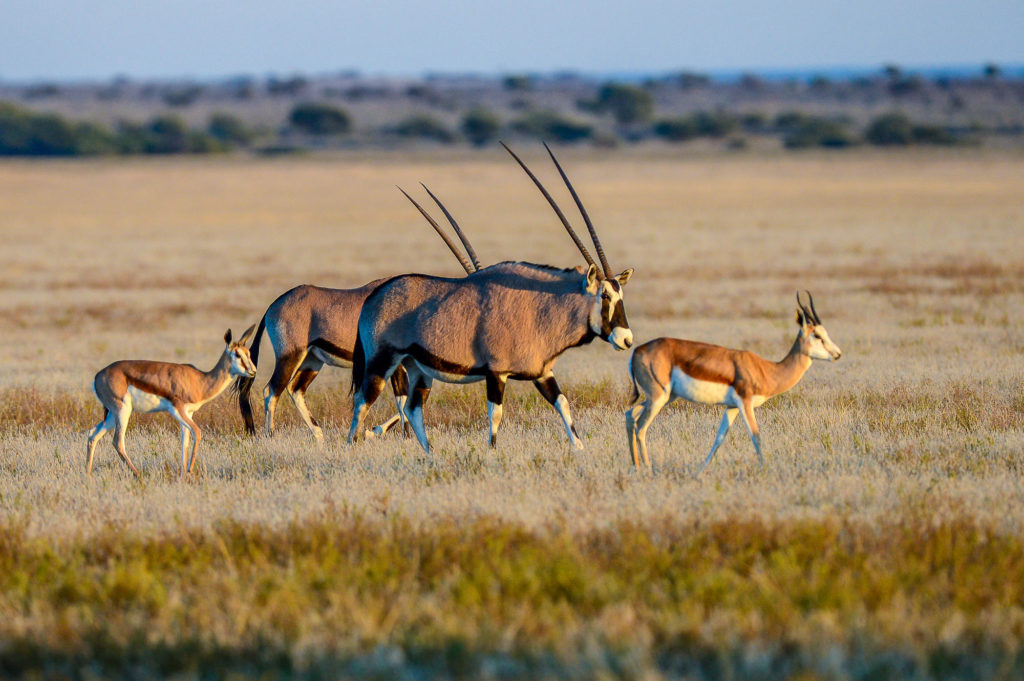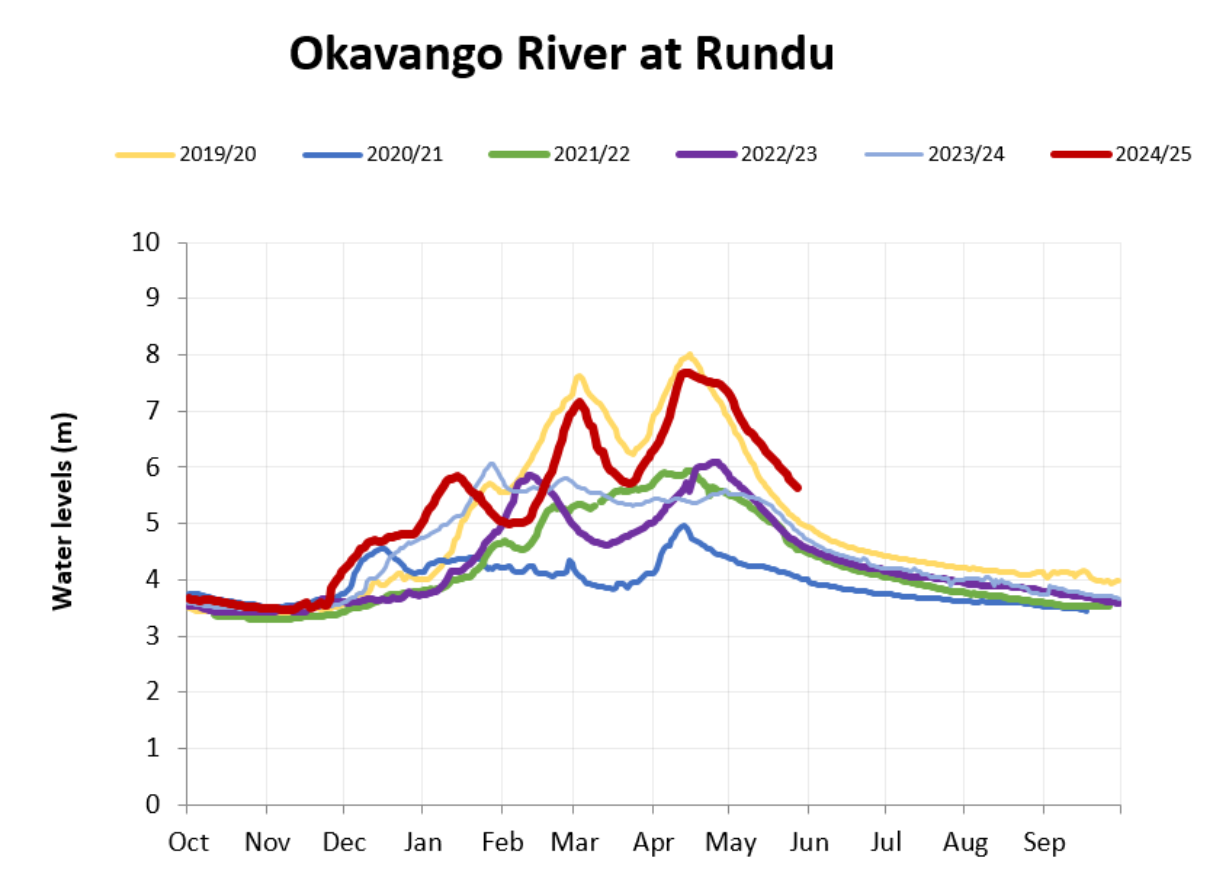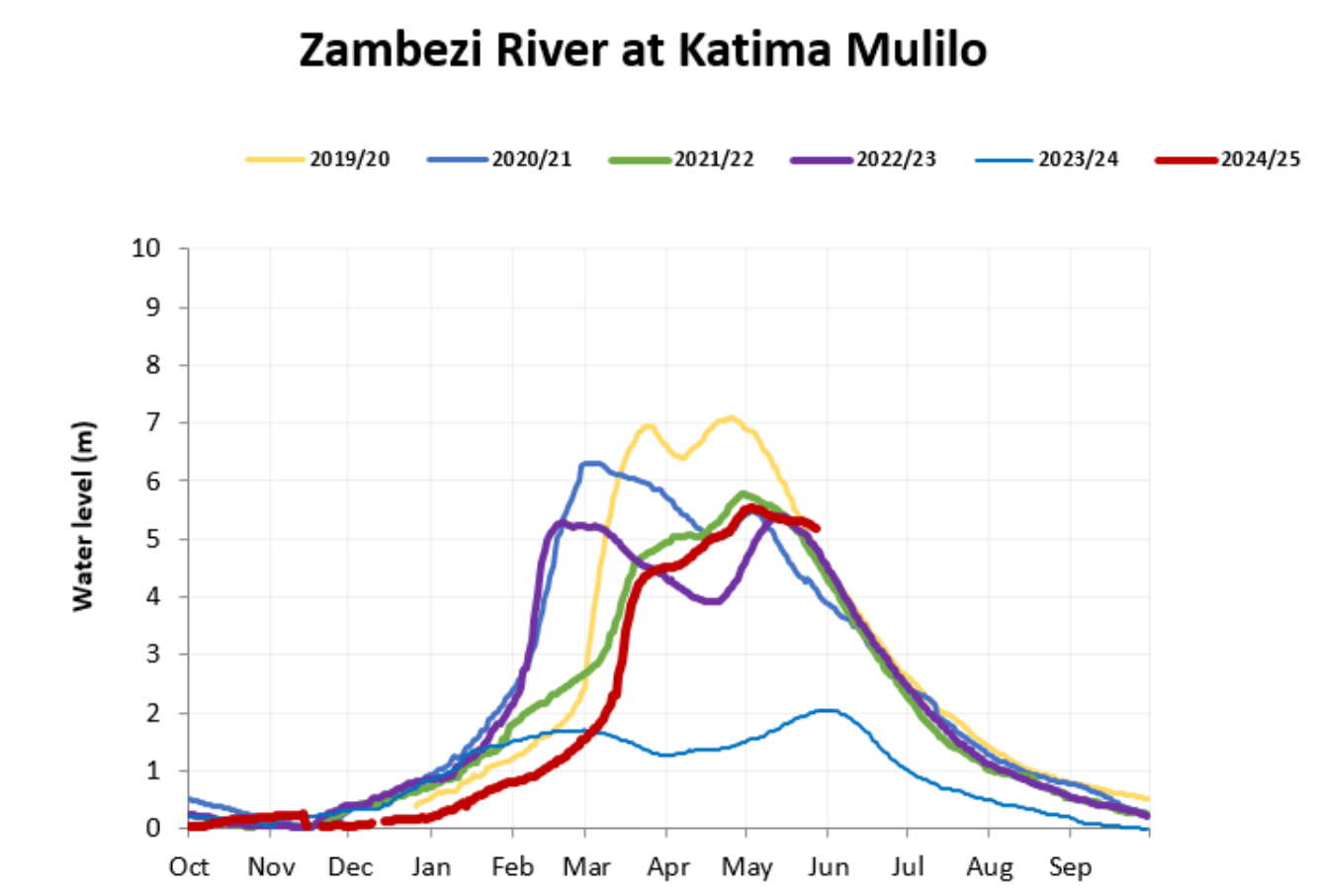Botswana – The Yin and Yang of Safaris
This year continues to amaze us here at Safari Specialists. After a beautiful green season with enough rain to transform the landscape of Botswana we have moved into our dry season which is also the time of crisp and chilly winter mornings, lovely sunny and warm days and crystal clear skies. In this blog we will speak about the annual Okavango Delta flood waters and its impact on the incredible ecosystems of northern Botswana.
Understanding the water levels in the Okavango Delta and the Zambezi River system can be quite difficult. But do not worry, we are here to assist with our expertise and experience from planning safaris for 20 years.
Botswana is a truly unique safari destination, offering a natural contrast found nowhere else on earth. What makes Botswana so special as a safari destination is the combination of two opposites: The world’s largest inland Delta with one of the largest bodies of sand, the Kalahari Desert. The water of the Okavango brings life to what would otherwise be an arid and harsh landscape.
Botswana is basically the Yin and Yang of Safaris. She has it all. The lush and green island-dotted Okavango Delta and the expansive solitude of the wide open space in the Kalahari and the Makgadikgadi Salt Pans.
- Okavango Delta
- Kalahari Desert
Okavango Delta & Zambezi River System – Water is Life!
The Ecosystem of the Okavango Delta and the impact of the annual Flood
Most of the water in the Okavango Delta originates in the highlands of Angola. The rainfall in this area has a much greater impact on Okavango Delta water levels than our local rainfall. For the water to reach Botswana’s Okavango Delta it has to travel around 1000km which takes a few months. The first water travelling from Angola through Namibia into Botswana, usually arrives in the panhandle of the Delta around April. The below graph (left picture) measures the water flow through Rundu in Namibia just before it reaches Botswana and illustrates that this year’s flood has three peaks. The first one arrived into Botswana as early as March. The second push happened a few weeks ago in May and the third one – which is also the strongest – will hopefully push the water all the way to Maun and maybe even to the Boteti River (in the Makgadikgadi National Park). Interestingly the highest water levels in Botswana are during the dry and cooler winter months between June and September, creating a lush and fruitful paradise amidst the arid Kalahari surroundings.
The Ecosystem of the Zambezi River
The Zambezi water system is also very interesting. It doesn’t only impact the water levels of the Victoria Falls, it also feeds the Chobe. The Chobe River is basically a back-water of the Zambezi. The graph on the right side displays nicely that the inflow from the catchment area has been steady. Comparing this year (2025) to last year’s water levels shows how much more volume the river carries this year. This means a spectacular year for the Victoria Falls in Zambia and Zimbabwe. This also means a productive year for the Chobe River which is fed by the Zambezi. In high water level years like this year the water reaches all the way to the Chobe floodplains, strengthening the biodiversity of the area, making sure that the wildlife can strive. Chobe continues to be one of the strongest wildlife areas in Southern Africa. It is famous for large herds of Elephants, Buffalo, strong populations of predators, and a variety of antelope like Sable, Roan, also Puku. Offering both land and water experiences, many guests choose Chobe for the different perspective of watching game from the comfort of a boat. This is especially rewarding for wildlife photography. Capturing a swimming herd of Elephants is known to be one of the most visually dramatic experiences.
- Graph dated 28 May 2025
- Graph dated 28 May 2025
A safari to both these unique ecosytems creates an incredible harmony and completeness. Many of our itineraries in our Safari Collection combine several different regions in Botswana and Victoria Falls. When designing a safari our team combines the best wildlife experiences one can have. We believe that Botswana is an all year destination, every month offers different highlights. Please contact us with your questions: info@safarispecialists.net.
The Excitement in Maun is Tangible
Each year the arrival of the Okavango floodwaters is anticipated with lots of excitement. During May and June us Maunites have few other topics besides “water levels”, “when will the floodwaters reach the Old Bridge”, “will the Thamalakane flow all the way through Maun this year”. We have WhatsApp groups talking about the Okavango Delta Flood arrival with hundreds of members. We have a website dedicated to predicting the arrival of the water in Maun. People can make bets on the exact time when the water hits Matlapaneng Bridge. For the people in northern Botswana this is the most exciting time of the year (much better than Christmas and Birthday combined ;-).
Our team is part of the excitement in Maun and updates our social media channels with the progress of the Okavango Delta water levels.
Please follow us on Instagram or Facebook for lots of news.






